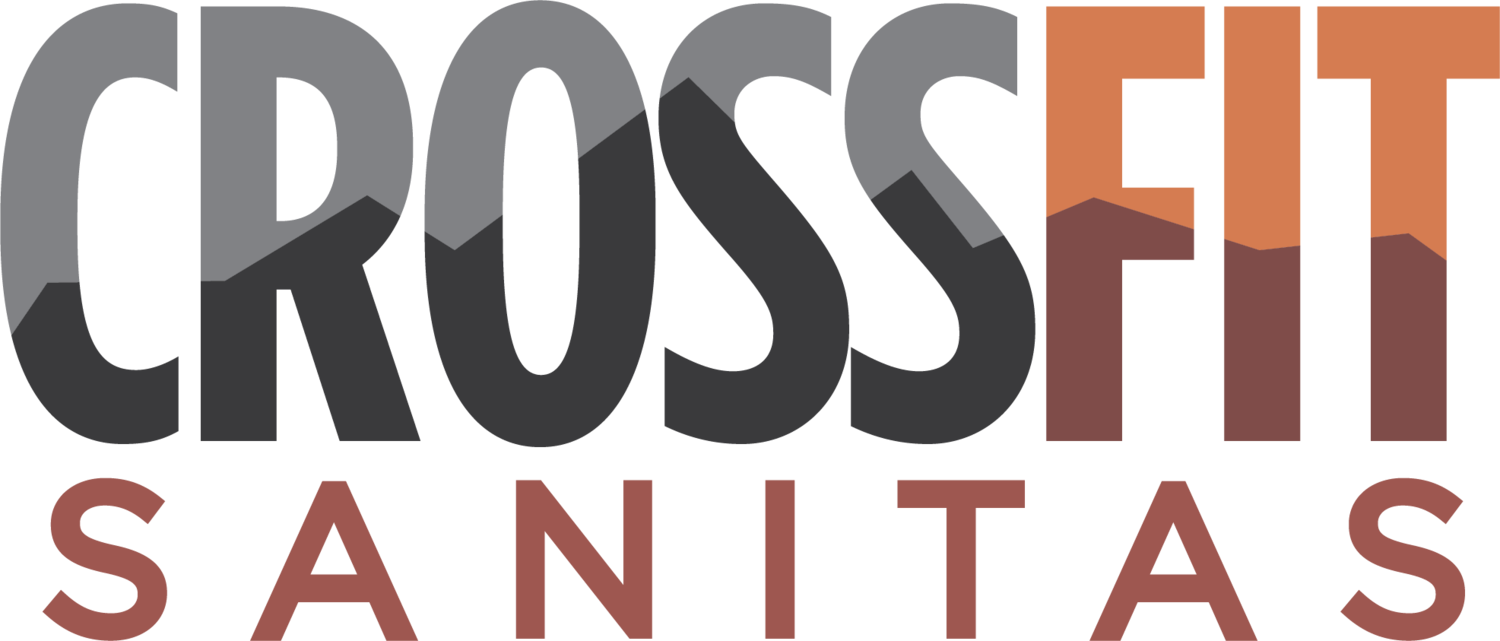4 Reasons You Don't Have Toes to Bar and How to Get Them!
Toes to bar is a movement that will test your abdominal and arm strength as well as grip strength. If you’re struggling with your toes-to-bar even though it seems like you should be able to do them based on your strength and athletic prowess, then read on for some tests and solutions to help you improve upon yours.
Weak Shoulder Girdle or Lats
These are the common culprits when it comes to strength deficiency for completing toes-to-bar. They are the first thing to activate in the toes-to-bar (and pull-up) and should continue to be active and strong throughout the entire movement - not only to protect our shoulder joints but to lessen the distance our toes have to travel to touch the bar. That first bit of shoulder activation when we hang from the bar is called a scapular pull up and you should be able to hold that position for 30 seconds. You should also be able to do at least 10 unbroken reps of the movement. Strong lat muscles allow you to push down on the bar to create a bigger, stronger kip. The stronger this portion of the swing, the higher the body travels and the shorter the distance your toes have to travel to touch the bar.
Solution
Try adding a few pulling exercises into your routine
Dumbbell Bent Over Rows, 3x8 as heavy as possible
Banded PVC Pull Downs, 3x15 rest :45 between sets
Crossover Symmetry
My personal favorite: Chin-Over the Bar Holds - Accumulate 2:00, every time you drop off the bar do :15 hollow hold
Weak Lower Abdominal Muscles
Strength is required for proper form, and proper form is required to demonstrate body control. More than anything else, strict form establishes mastery in a movement, and for this reason we promote strict movement before we apply momentum. The strength gains from mastering the strict movements are well worth the effort, and the possibility of injury is reduced substantially when strict movements are practiced first. Here is the test.
Can you perform 1 strict toes to Bar?
Solution
If not then you should start adding strict knee raises and leg raises to your routine. Do as many reps as you can in :30 and rest for :60, repeat for 4 sets.
Lack of Thoracic Mobility
We throw around the term mobility often, but what does it actually mean? Being mobile literally means having the ability to move freely. Increasing your mobility when it comes to anatomy means increasing the range of motion to that particular joint. The front swing (Superman) on the kip requires a great deal of thoracic mobility to be able to push your head and chest through.
How do you know if this is your issue? Here’s a test.
Stand against a wall with your feet about 1 foot away from the wall. Arms should be at a 90 degree angle with wrist and elbow making contact with the wall. Slide your arms upward, maintaining contact with your forearm, wrist, back of your hand and the wall the entire time. Lower your arms when either the wrist or elbow loses contact with the ground.
Solution
If you are unable to straiten your arms overhead while maintaining all points of contact then you need to keep doing this drill everyday until you can. You may even have to lie down on the floor to start.
Tight Hamstrings
If your kip timing is on point and you are able to get your knees to your armpits consistently, then you should be able to do toes-to-bar. Once your knees are in your armpits, all it takes is a quick knee-extending kick to touch those toes to the bar. So if you can’t touch your toes, lack of hamstring flexibility is likely your demise in toes-to-bar, deadlifts, Olympic lifting and tying your shoes for time.
Solution
More hamstring mashing, flossing, inch worming and high-kicking for you. Ask a coach for more inspiration if needed.
Just like with any sport or skill we want to improve upon, we should break down the movement to address its individual parts. This will allow us to identify weak links in our bodies and technique and address each of them separately so that when we put it all back together, we are super legit in each and every part.





